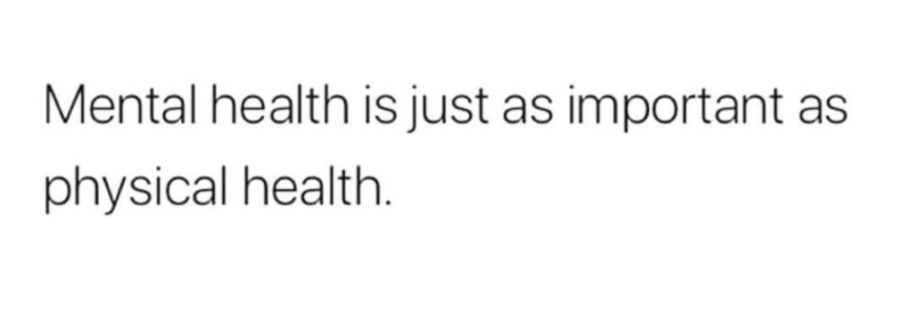Healthcare professionals encounter people from every race and cultural background making it imperative that we as a whole become culturally sensitive and become aware of any bias attitudes we may hold. Learning about other cultures helps increase our understanding about the values, beliefs, customs, languages, foods, and socio economic barriers of others (NIH, 2017). It also helps to raise awareness of beliefs that we may be unfamiliar with allowing us to honor patient wishes, all of which will help build a positive client-nurse relationship.
Differences in beliefs and values effect if and when a patient may seek care. In recent times, there has been heightened awareness about healthcare disparities in the US. It may come as a surprise but, not all cultures and populations have adequate access to healthcare or representation in 2018. Strategies in epidemiology that have recently shown culture sensitivity, is maximizing healthcare access to the LGBTQ community. There is accumulating evidence of health disparities still evident among LGBTQ individuals, especially older adults, making the LGBTQ older adults an at-risk population of being underserved.
Interestingly, it wasn’t until Healthypeople2020 that the LGBTQ community was identified as a priority underserved group. Being that this community’s population is rising, healthcare providers must educate themselves to provide sensitive care to people who identify in these groups. Studies have found higher rates of behaviors in the LGBTQ community including but not limited to: excessive drinking, social isolation, increased depression, and an increase of suicidal rates. Additionally, an alarming 26 percent of adults ages 65+ are living at or below 200 percent of the federal poverty level in the US (Emlet, 2016). As a rising holistic healthcare provider I believe this is just unacceptable and efforts must be maximized for these clients.

Love is LOVE
seeking help for mental illness does not make you weak You are not alone In fact seeking health is far stronger than becoming a victim to the ugly wrath mental illness can have Please speak up and seek healing You do not have to endure anxiety depression PTSD or any other form of mental illness in shame It is your human right to be healthy and feel well
Nurse Kare
Historically, LGBTQ individuals have been harshly judged and mistreated because they did not fit neatly into long-standing roles assigned to men and women; they were not regarded to be “normal”. But what exactly is NORMAL anyways? I believe “normal” is what makes a person feel complete, comfortable, loved, and able to identify in whatever aspect they see fit without the fear or being judged. Although culture and ideas are changing dramatically fast, acceptance to these shifts are not.
Healthcare providers have an opportunity to contribute to cultural shifts because we are caring for people that are in need. By bringing awareness to issues such as mental illness and removing the negative “stigma” often associated with it, it helps to aid in these efforts so that patients that truly need care do not feel ashamed to speak up and seek help.
Fear of seeking healthcare is a phobia people in these communities often face. I read that the latinx community LGBTQ are the most affected often suffering from debilitating conditions because they are reluctant to seek medical care when it is needed. According to one publication: “Subsequent declining health status of later generations and explanations for differences in mortality include: selection, reverse selection, death record inconsistencies, inequalities in health status, transnational migration, social marginality, and adaptation to environmental conditions in the United States ” were cited as some of the reasons why they are reluctant to seek care. (William et al, 2007). Mixing that along with feelings of being unaccepted can pose great health risks.
It is these type of factors that makes it so important to become culturally aware because not everyone may have the same concept about health or love as we do. Striving for a “no stigma” attitude should be an agenda all healthcare providers aim for because everyone deserves care and love to reach true self actualization.
References
NIH. (2017). Cultural respect: What is cultural respect? Retrieved on Nov 5, 2018, from: https://www.nih.gov/institutes-nih/nih-office-director/office-communications-public-liaison/clear-communication/cultural-respect
Emlet, C. A. (2016). Social, Economic, and Health Disparities Among LGBT Older Adults. Generations (San Francisco, Calif.), 40(2), 16–22. Retrieved from http://search.ebscohost.com/login.aspx?direct=true&db=cmedm&AN=28366981&site=ehost-live
William A., Vega, A. Rodriguez, E. (2009). Health Disparities in the Latino Population, Epidemiologic Reviews, Retrieved from: https://academic.oup.com/epirev/article/31/1/99/469470


